Bleak photo of polar bear with plastic in its jaws in the remote Arctic shows pollution's 'pervasive grip'
Image of polar bear with plastic hanging from its mouth shortlisted for Ocean Photographer of the Year 2024 award.
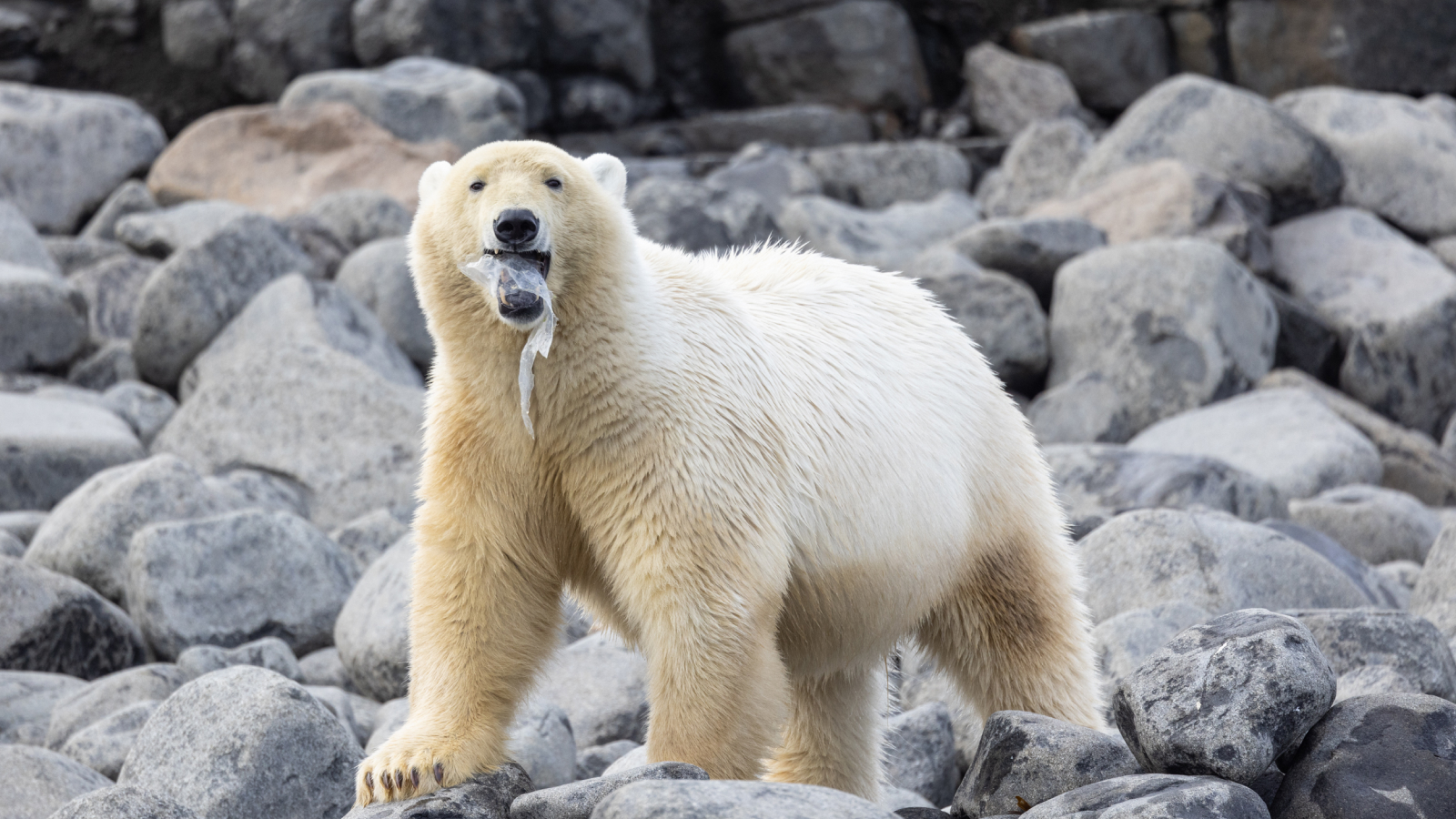
An image capturing a polar bear with plastic hanging from its jaws has been shortlisted for the Ocean Photographer of the Year 2024 award. The image, taken on Kiepert Island in the Svalbard archipelago off Norway, by photonaturalist Celia Kujala serves as a "a stark reminder that even the uninhabited reaches of the Arctic are not exempt from the pervasive grip of plastic pollution," competition representatives wrote in a statement emailed to Live Science.
The photograph is shortlisted in the Ocean Conservation Photographer of the Year (Impact) category, which also includes a photo of a dead fin whale waiting to be butchered at a facility in Iceland, shark fins drying on a roof in Indonesia and a gannet, a large white seabird with a yellowish head, trapped in discarded fishing gear hanging from a cliff.
The polar bear (Ursus maritimus) photograph highlights the scale of plastic pollution in the Arctic and the impact it has on regional species. Considered vulnerable by the International Union for Conservation of Nature Red List of Threatened Species, polar bears face multiple threats. A 2016 study predicts their numbers will fall by 30% by the middle of the century.
Climate change is the primary threat, reducing the sea ice on which they hunt. However, plastic is compounding the problem. Polar bears are increasingly turning to landfills for food. An analysis of polar bear stomach contents from the population in the Southern Beaufort Sea off Alaska and Canada found 28% contained plastic. Half of the bears that had eaten plastic also had acute gastritis, potentially leading to painful blockages in their digestive system.
Related: Polar bear sleeping on tiny iceberg drifting in Arctic sea captured in heartbreaking photo
"There are not enough data to get a clear picture, but it is probable that bears are more likely to ingest plastic when they find human trash as they seek food on shore," John Whiteman, chief research scientist at Polar Bears International and assistant professor of biology at Old Dominion University in Virginia, told Live Science in an email.
"Sea ice loss, and the resulting increase in time spent on land, is making it ever more important to find safe, long-term ways to manage trash — an issue that multiple Arctic communities have tackled with success," he added.
Get the world’s most fascinating discoveries delivered straight to your inbox.
The winners of the Ocean Photographer of the Year 2024, presented by Oceanographic Magazine and Blancpain, will be announced on Sept. 12. Shortlisted images for the Ocean Conservation Photographer of the Year (Impact) category can be seen below.
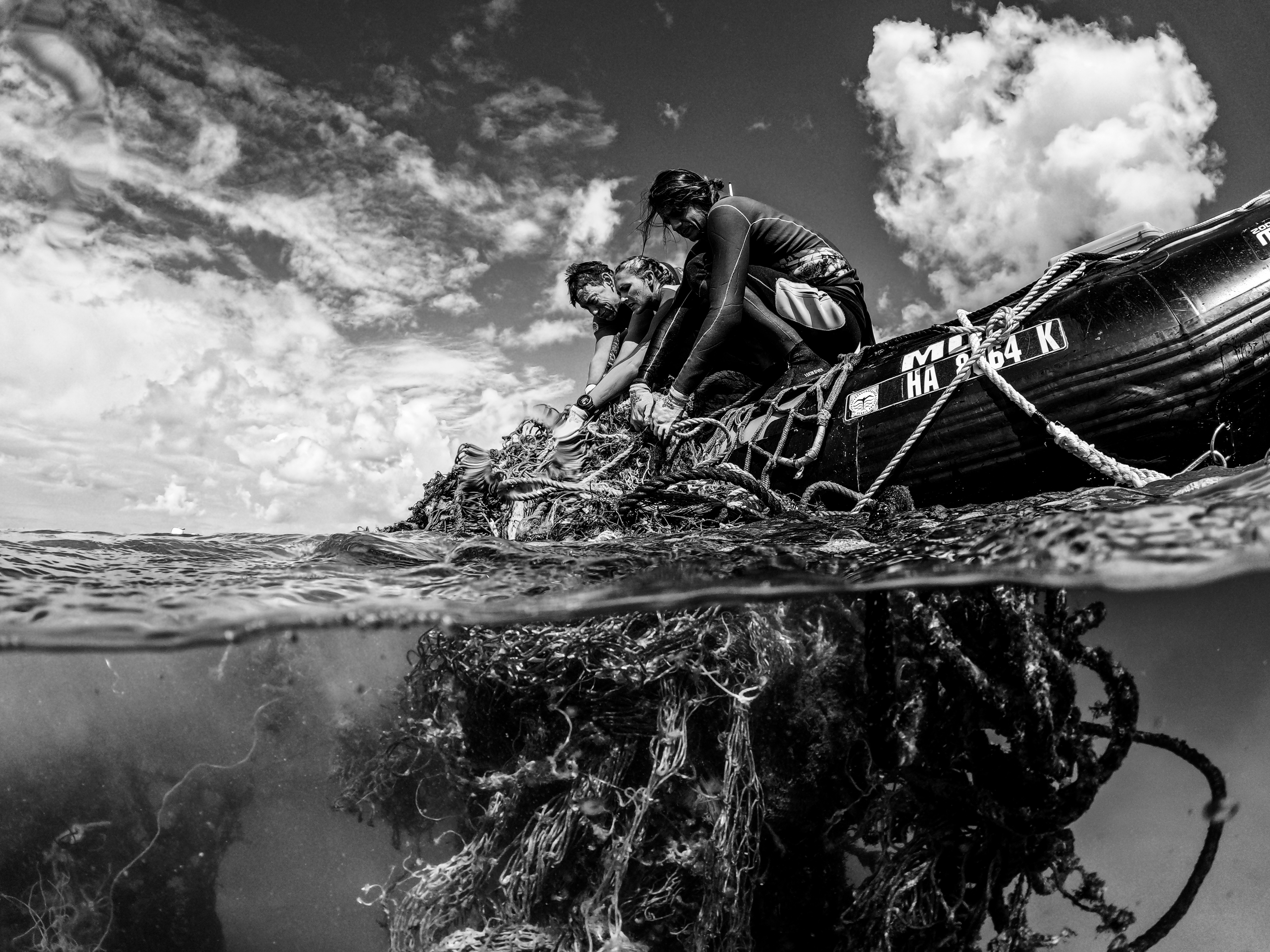
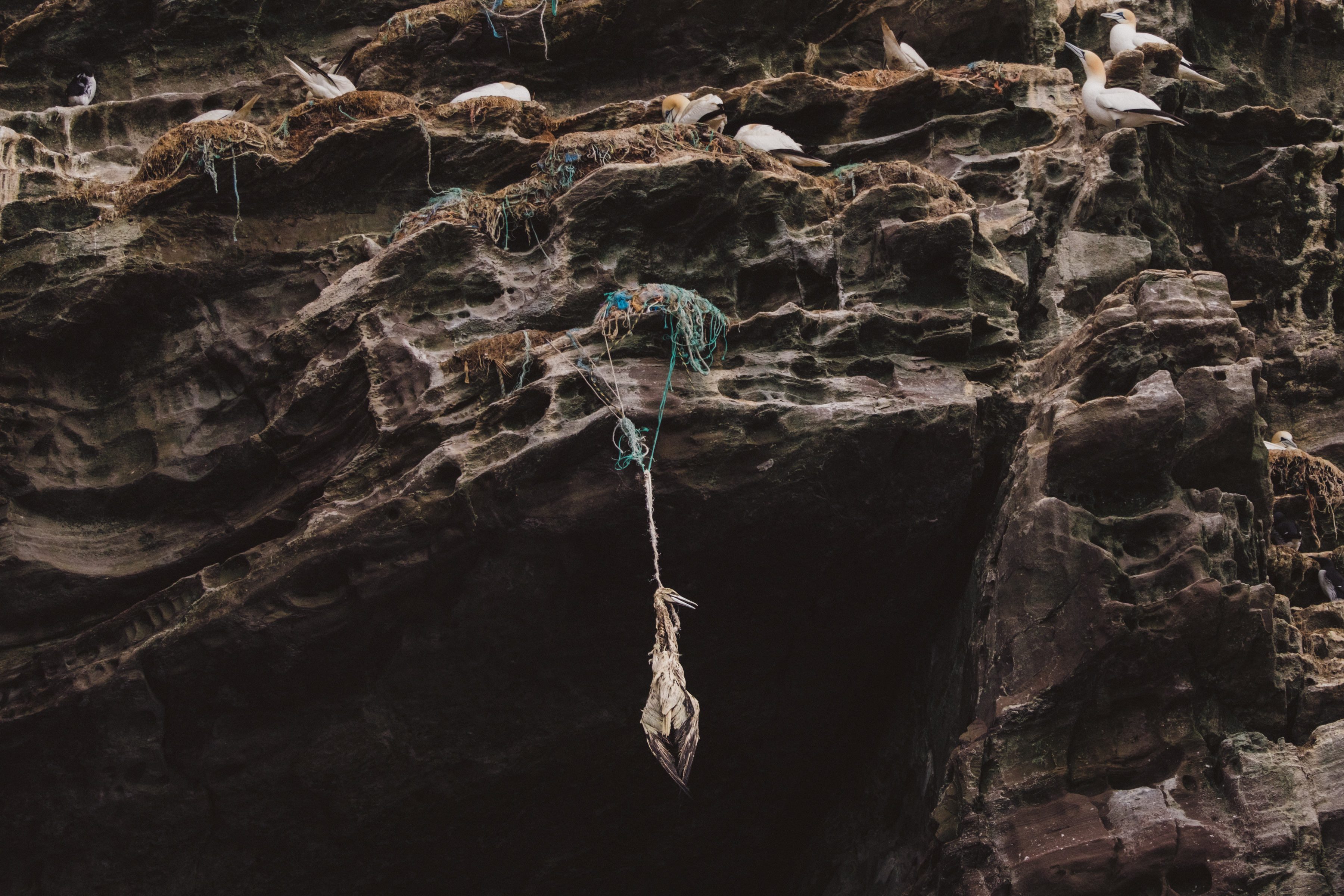
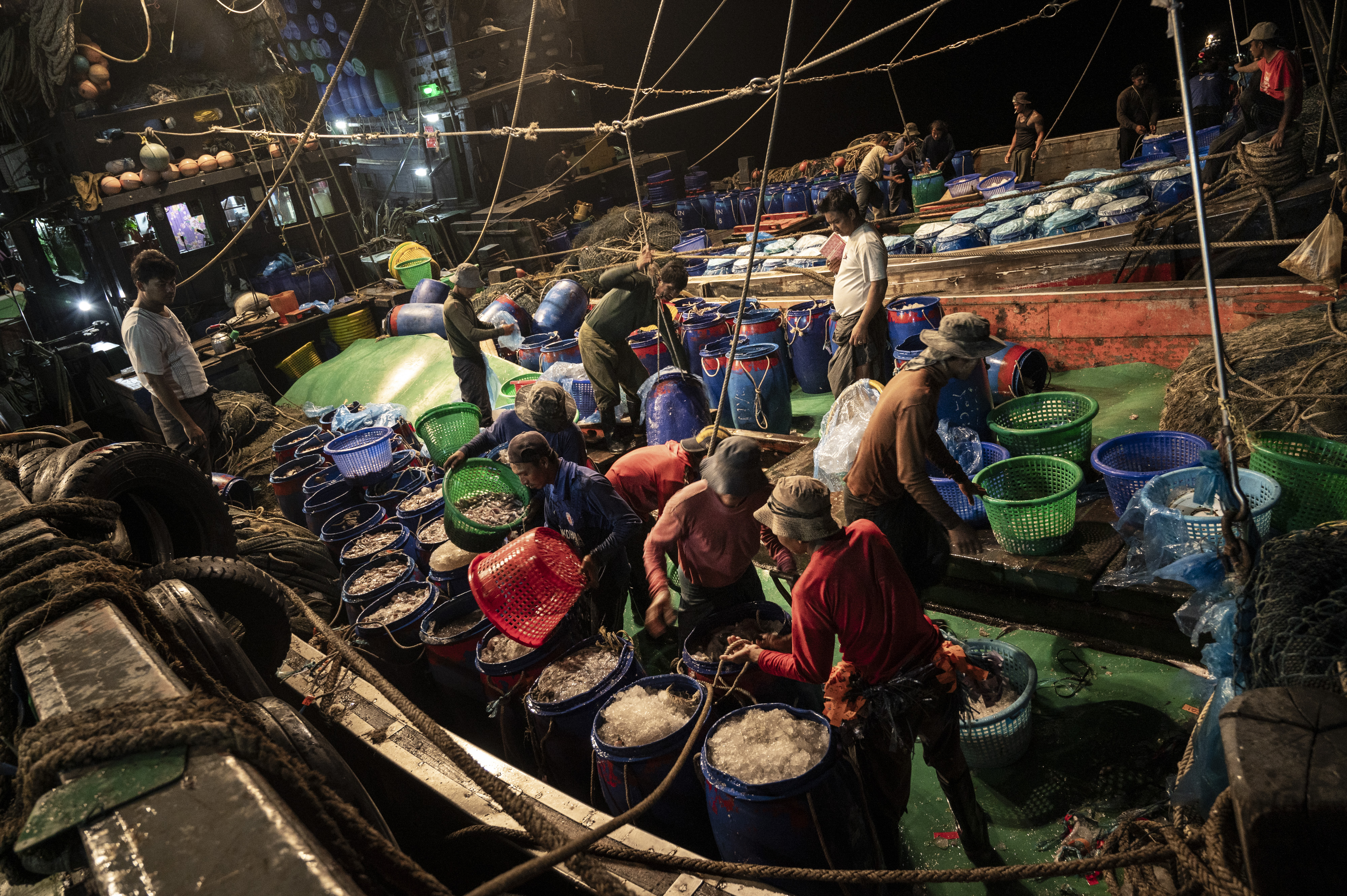
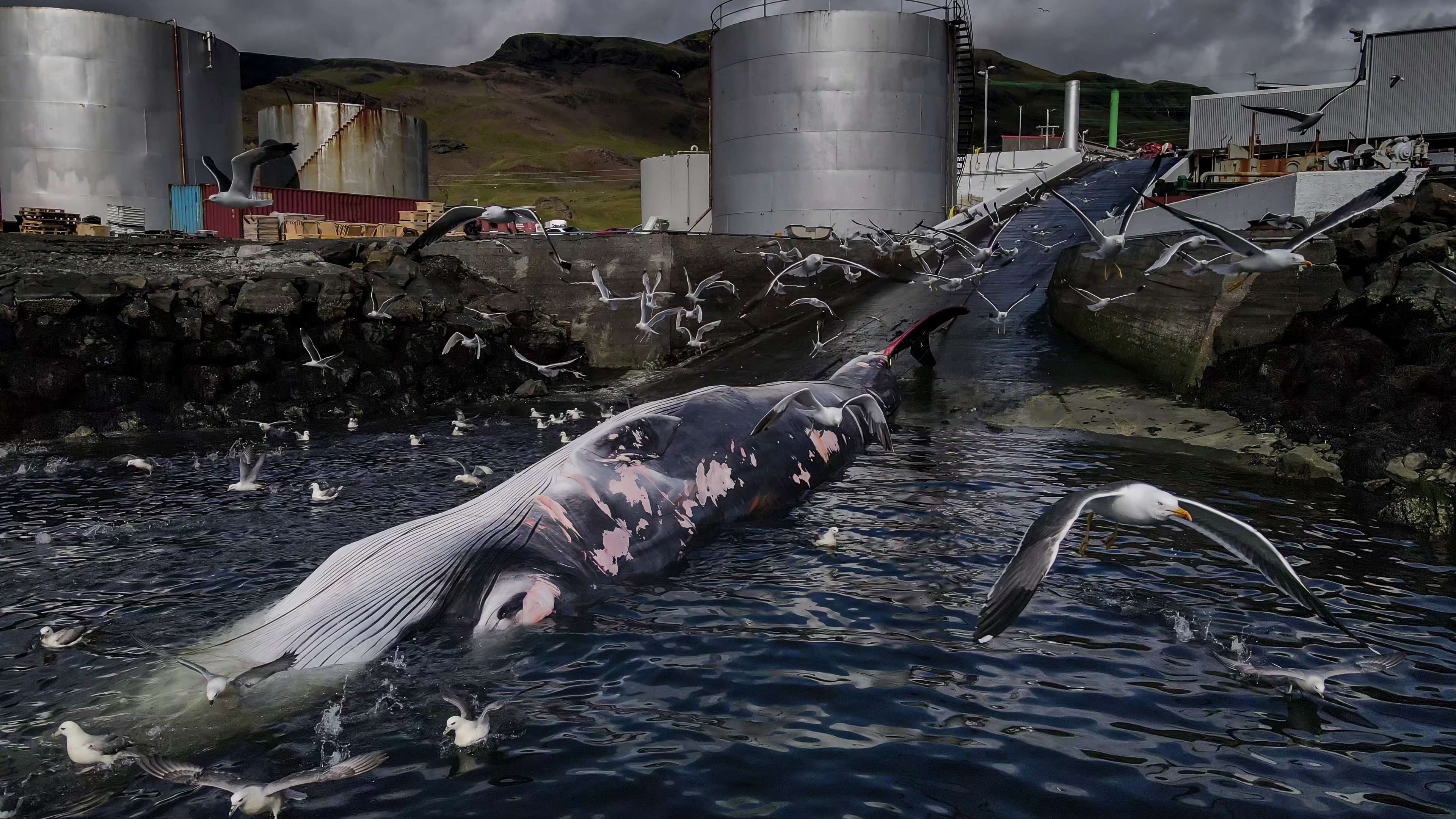
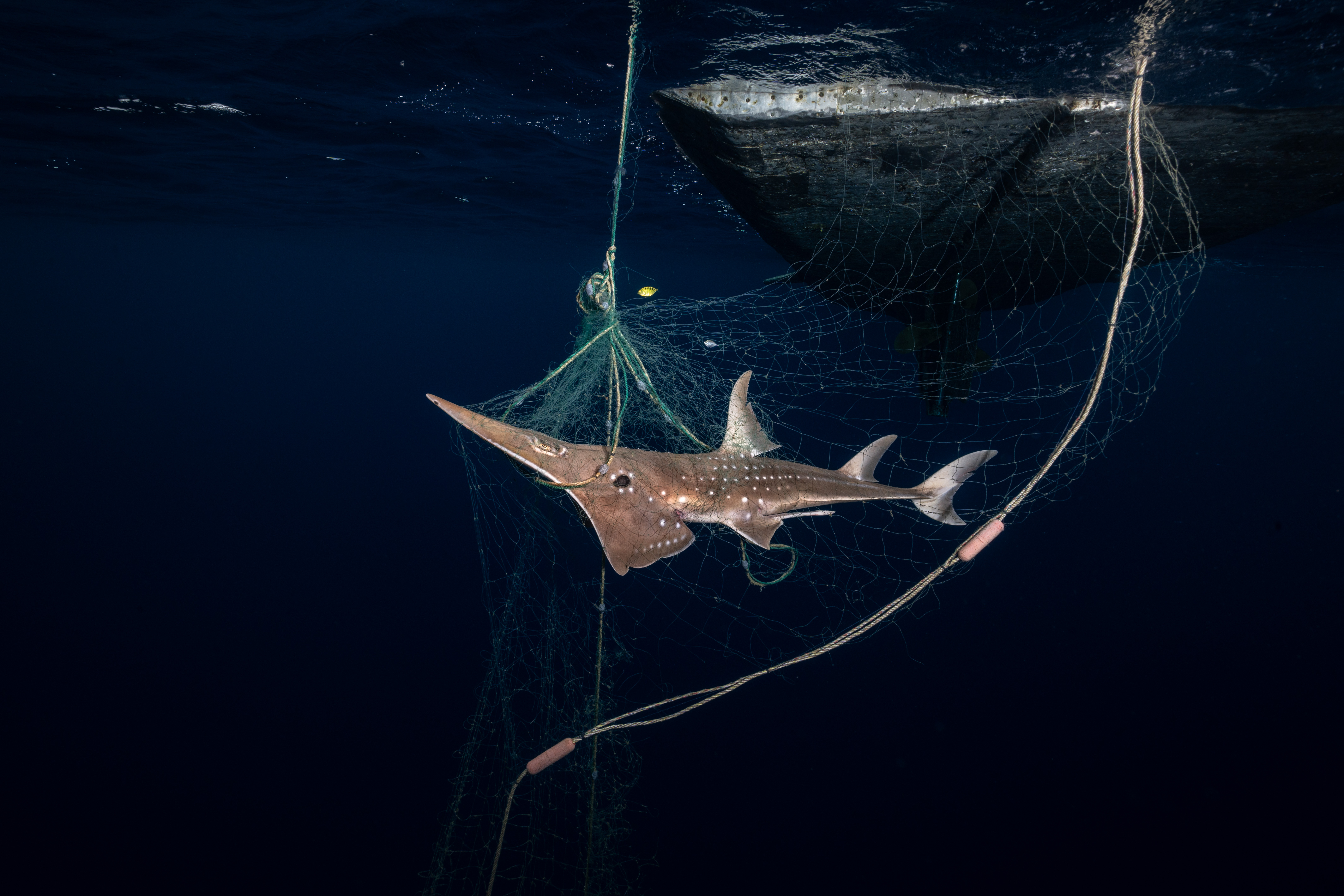
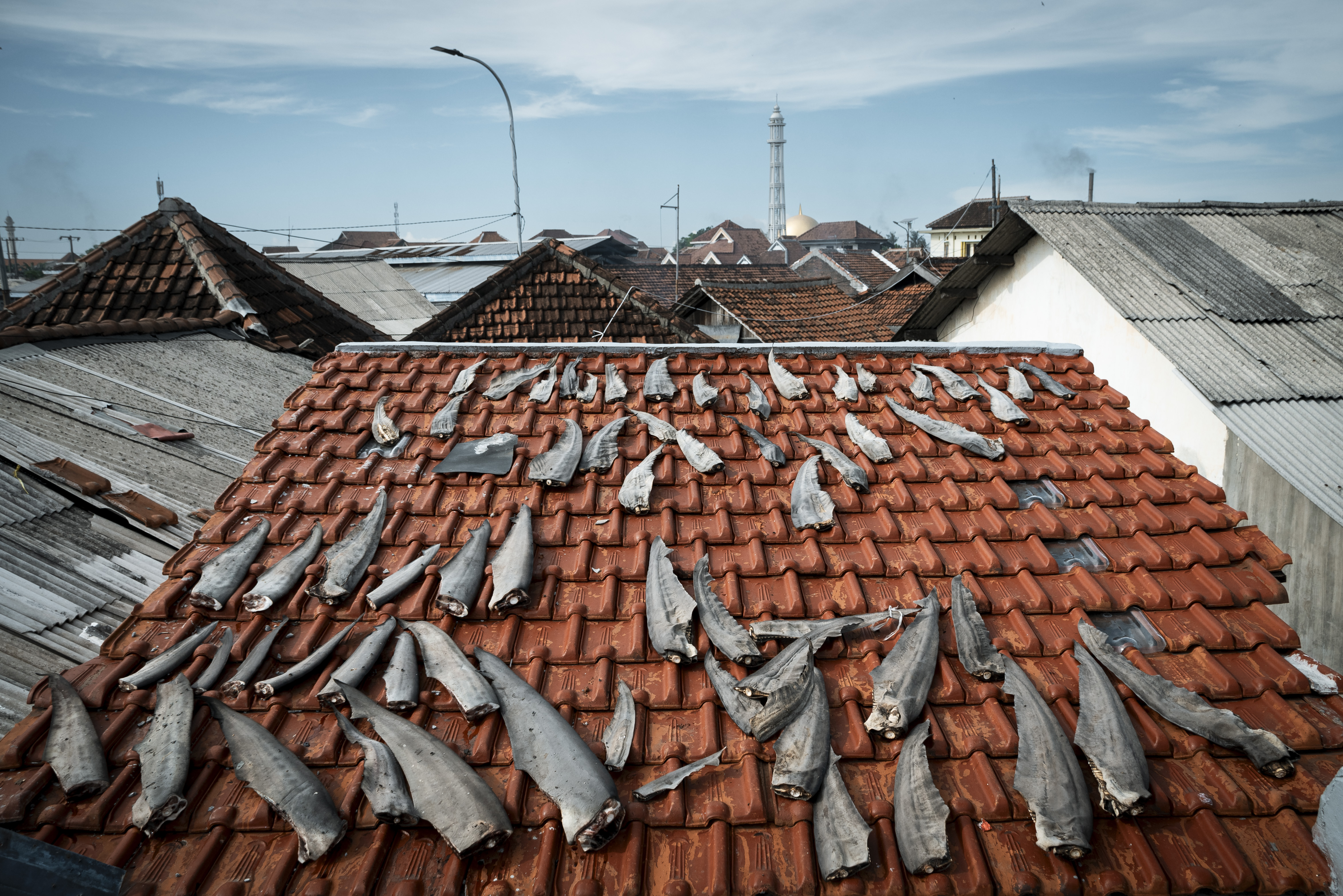
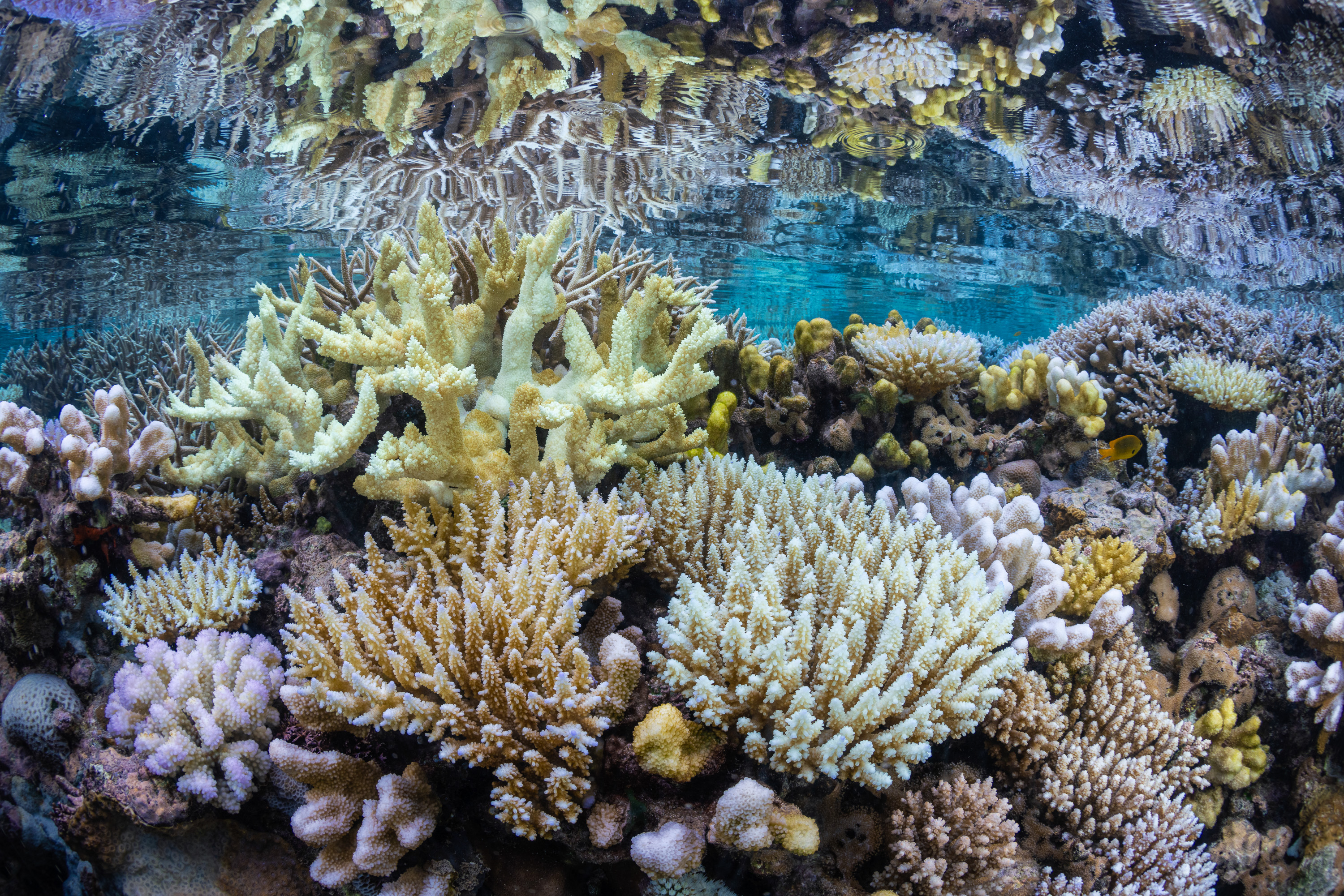
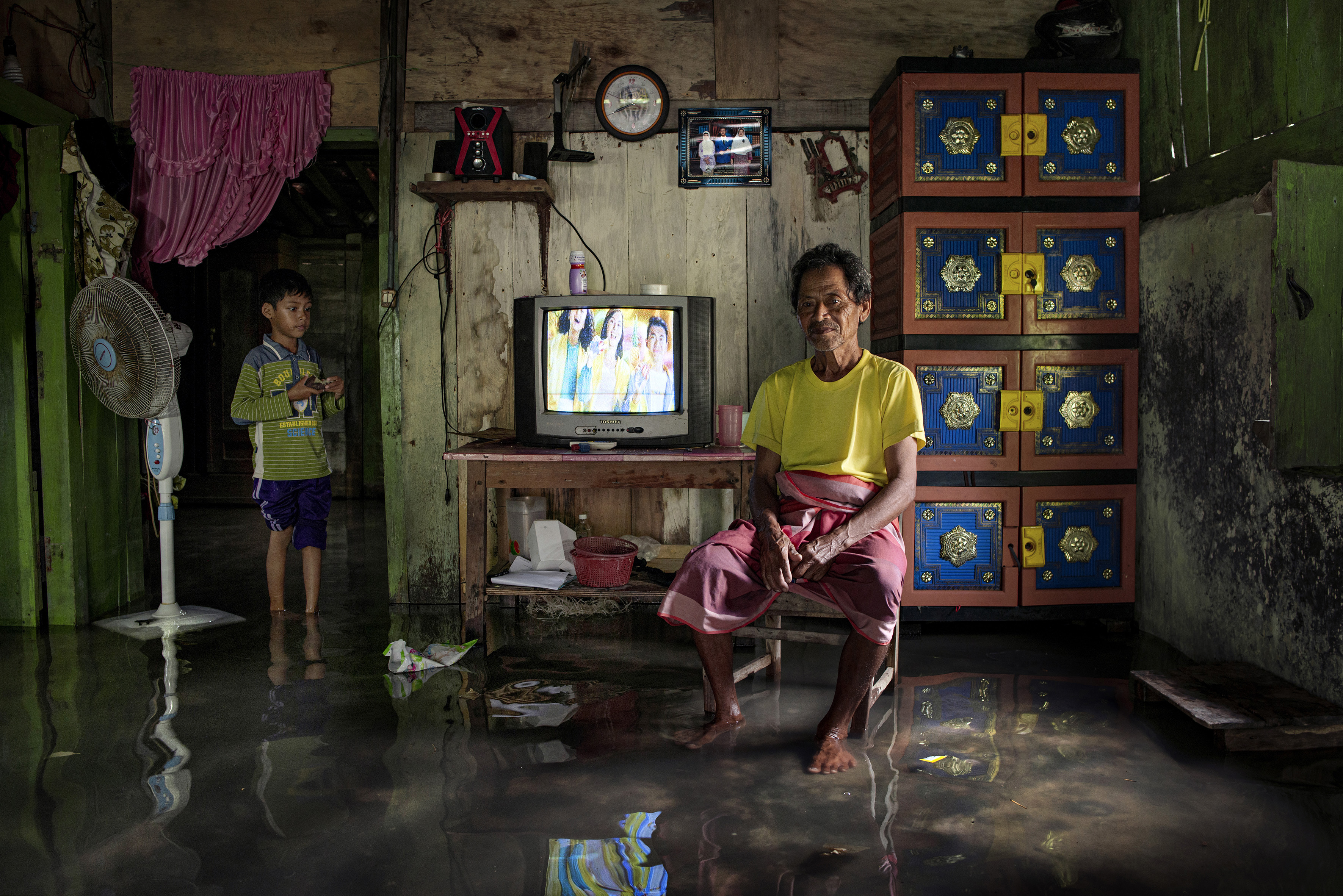
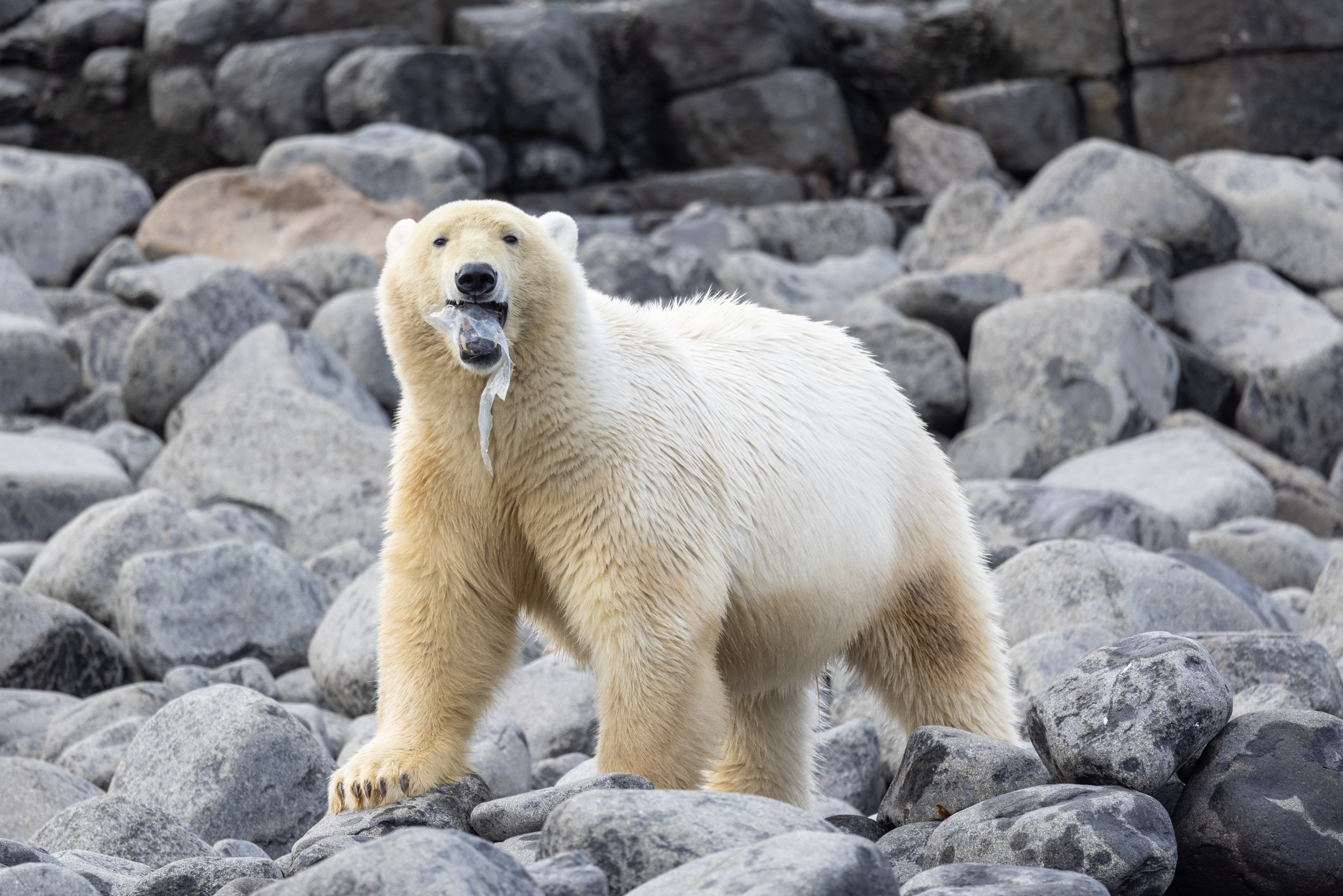
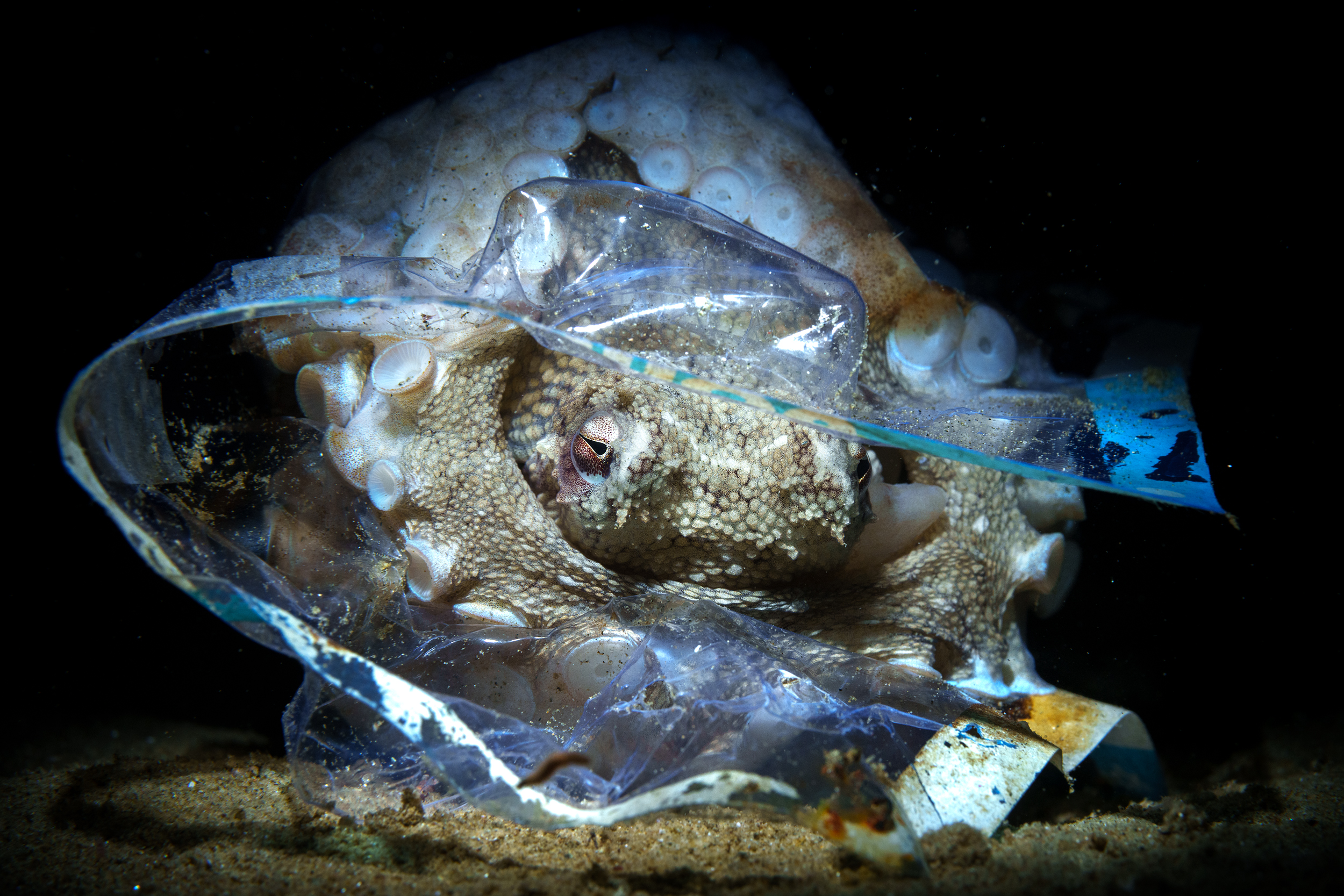
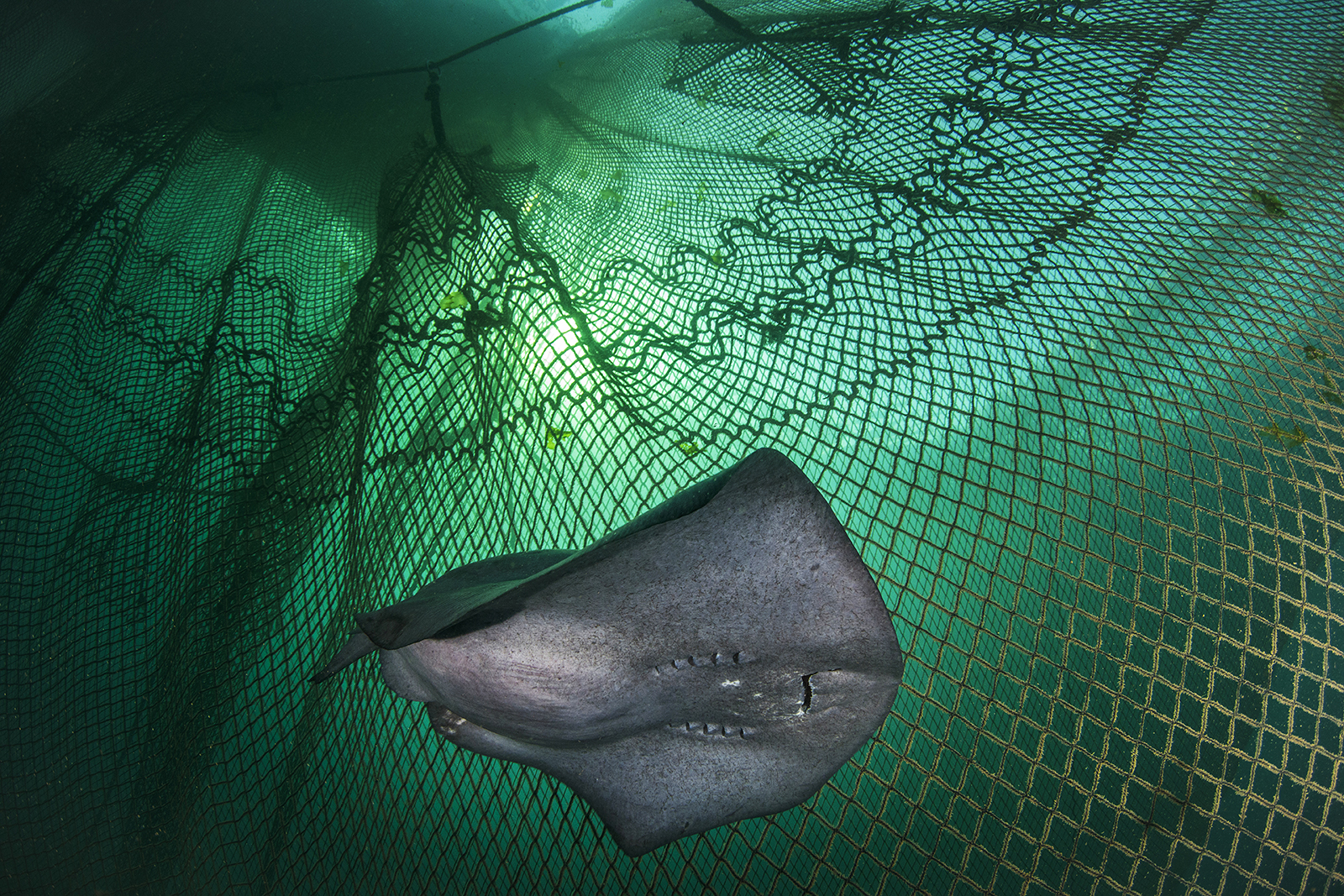
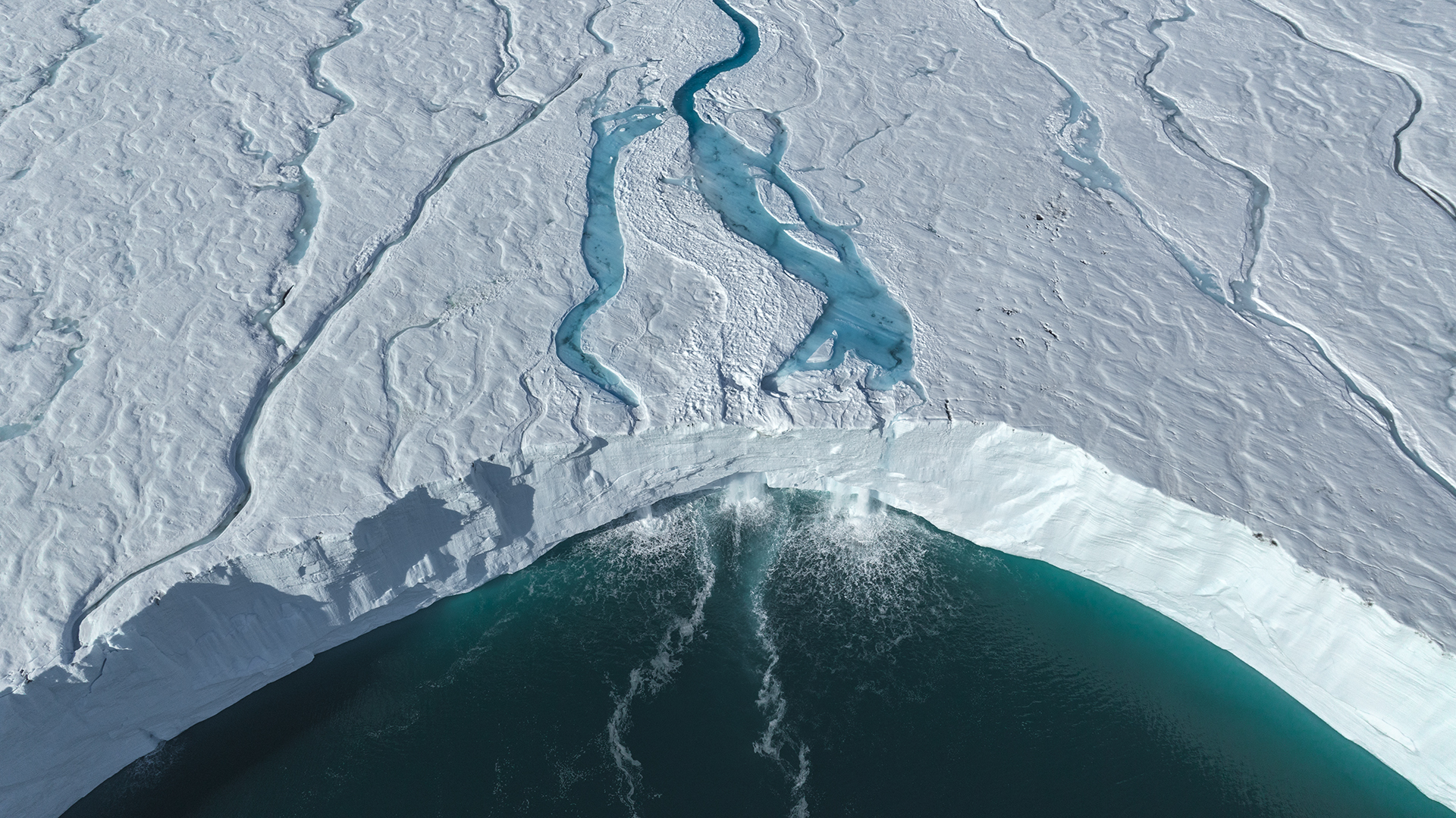

Hannah Osborne is the planet Earth and animals editor at Live Science. Prior to Live Science, she worked for several years at Newsweek as the science editor. Before this she was science editor at International Business Times U.K. Hannah holds a master's in journalism from Goldsmith's, University of London.


